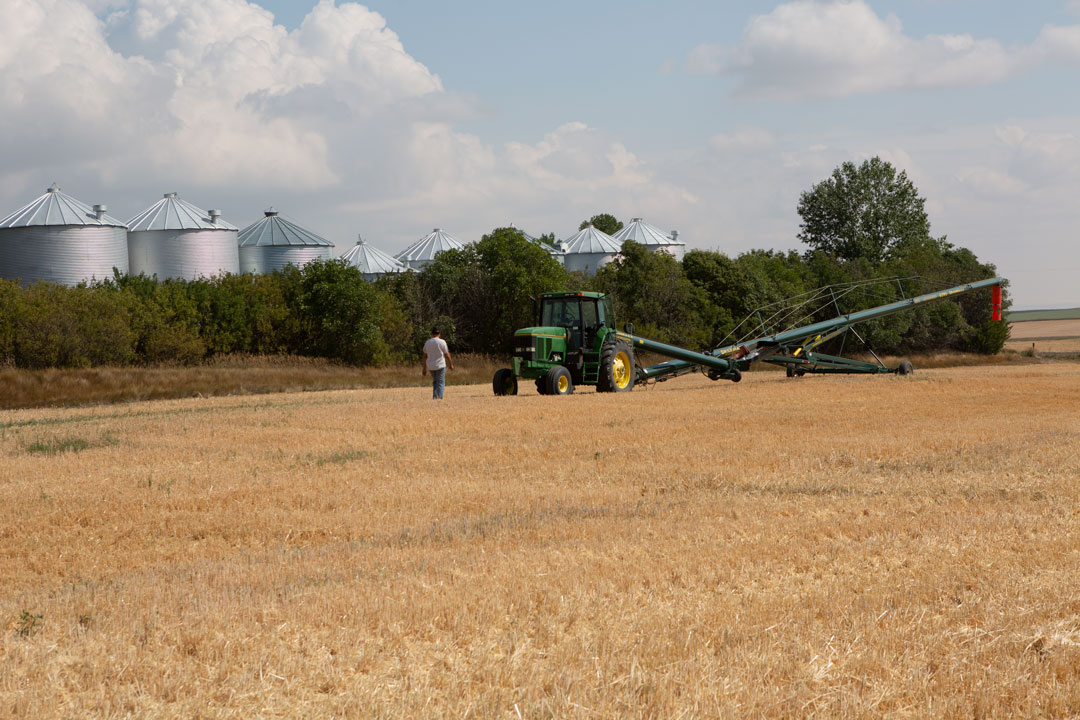FARMERS TAKE PART IN RESPONSIBLE GRAIN CONSULTATION
The Canadian Roundtable for Sustainable Crops (CRSC) released the results of its consultation on the Responsible Grain voluntary code of practice this month. The majority of participants do not support the draft as it is currently written. However, most provided constructive feedback the code development committee will use to improve and simplify the document.
The consultation process consisted of 24 online sessions and the CRSC also accepted individual responses between November 2020 and March 2021. More than 850 individuals participated. Slightly more than 90 per cent were farmers, the majority of which were Western Canadian. Participants completed an online survey and provided detailed commentary on the draft Code practices.
Jason Lenz, chair of the CRSC steering committee, said even though the majority of participants do not support the Code in its current form, much of the feedback was positive in nature. Two of its modules, Water Management and Land Use and Wildlife, received considerable criticism. For instance, participants questioned suggested guidelines around the removal of trees, especially when it could reduce compaction and application overlaps.
“Probably the biggest amount of feedback we got was on the actual tone of the Code,” said Lenz.

In particular, farmers and participants said the document came off as accusatory. As written, the background for some of the modules and the rationale behind them, they said, could create a negative tone that will not help build public trust.
“The tone needs to be improved to make it more of a positive story,” said Lenz “That really came out loud and clear.” If the intention of the Code is to highlight the fact Canadian grain farmers are responsible stewards of air, water and land, it is critical the right tone be used.
Certain participants even questioned the need for the Code. They expressed concerns over whether or not it would directly support public trust and market access. These comments raise concern as this is the very aim of the Code—to enhance Canada’s reputation as a provider of high-quality, sustainably produced food. In adopting the practices outlined in the Code it is intended farmers will be able to respond to consumers and grain buyers who value sustainability. However, a number of consultation respondents were concerned the Code may potentially pave the way for new regulations. They suggested practices outlined in the Code could raise expectations and serve as a standard that environmental groups could use against the industry.
Tom Bruulsema, chief scientist at the International Plant Nutrition Institute, is a member of the code development and scientific advisory committees. He provides input on the development of the Code’s science-based guidelines, especially around nutrient use. He said farmers have expressed concerns about data sharing.
“You want to be accountable, but at the same time, spilling all your beans to anyone who might be seeking information on your farming practice is not a comfortable thing for many farmers,” he said.
Despite the misgivings expressed by farmers during the draft consultation, Bruulsema and Lenz said the process is going well. “I think many of the people in the code development committee were taken aback by the reactions,” said Bruulsema. “But at the same time, it’s very good this caught the attention of farmers, even though a lot of the feedback might have been negative. I think there’s a lot the committee can work with,” he added. “I’m optimistic something good will come out of this.”
Lenz concurs. The committee will seriously consider the issues raised by farmers during the consultation and address their fundamental questions in a white paper the CRSC aims to publish in the fall of 2021.







Comments